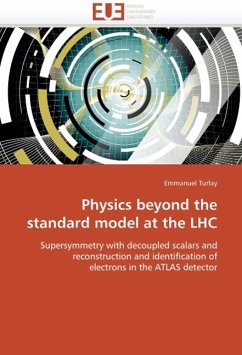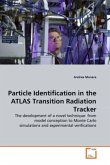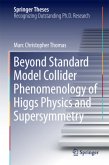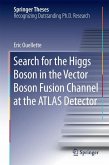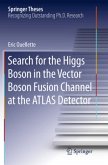The LHC is a proton collider with an energy of 14 TeV in the center of mass located at CERN (Geneva, Switzerland). The ATLAS experiment is one of the four experiments installed on the LHC. It searches for the Higgs boson and other new particles predicted by models of physics beyond the standard model such as supersymmetry. Electrons have a major role in the measurement of the parameters of the Standard Model, in the search for new physics and in the study of the detector performance. However, a severe discrimination of the hardronic background is necessary. In this work, the reconstruction and identification of electrons in the ATLAS detector is presented. A number of quantities are studied in order to reject the backgrounds while optimising signal efficiency. Supersymmetry is an extension to the Standard Model in which a new particle is associated to each existing particle. In this thesis, the signatures of a model in which scalars are decoupled are studied. The discovery potential, the measurements, their backgrounds and uncertainties are investigated. These are then used to estimate the potential for the determination of the model's parameters at the LHC.

